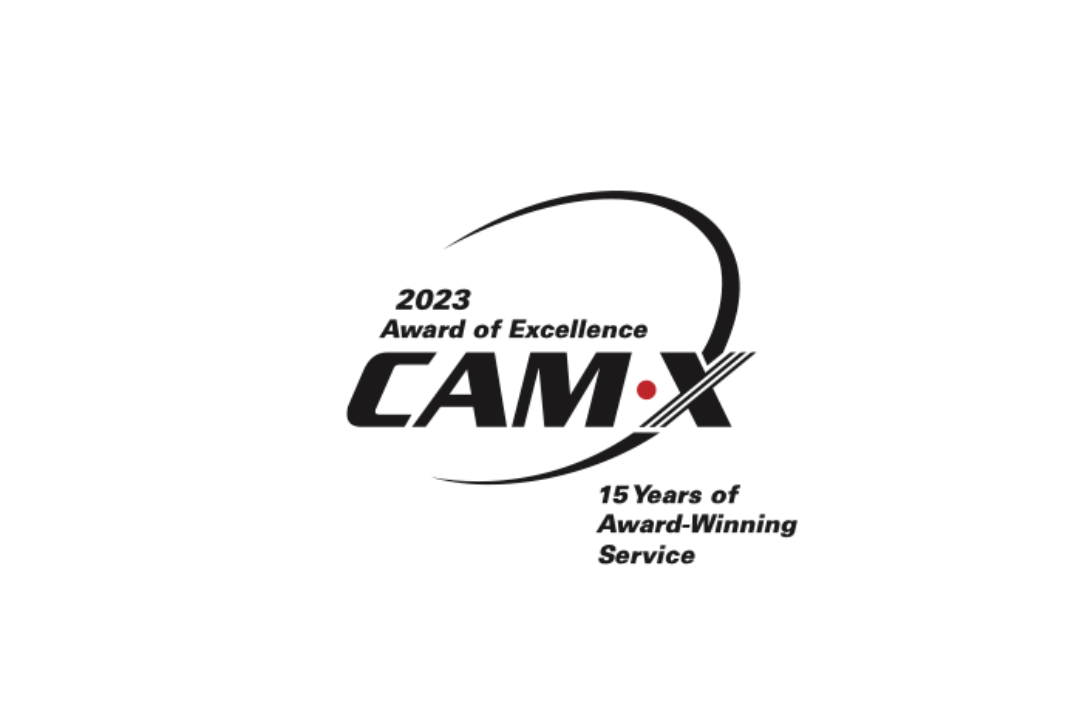
AI Chat: Benefits, Challenges, and the Future of Web Conversations.
AI Chat is the future of Web conversations. AI chat technology has significantly transformed customer support and service by streamlining communication, enhancing efficiency, and increasing customer satisfaction. These intelligent systems, which utilize natural language processing and machine learning, enable businesses …

Transforming Customer Support: How the AI Attendant Revolutionizes the Customer Experience
Imagine a customer support system that never sleeps, responds instantly, and consistently delivers personalized, high-quality assistance. AI Attendant, a revolutionary tool addressing long-standing challenges in customer service, is now making this vision a reality. From reducing wait times and cutting …

Michael W. Leibowitz Lifetime Service Award
A note from the president of CAMX on Michael Leibowitz and the Service Award: We’re still feeling the glow but unfortunately, not the hot weather from our successful 60th CAM-X Anniversary Conference in Tucson. There were many highlights – friendships …

Choosing the Right Contact Center for Your Business: Key Factors to Consider
Today, customer support plays a pivotal role in maintaining and growing a loyal customer base, enticing many companies to hire a contact center for their answering services. Ultimately, a well-managed contact center can be the lifeline of your customer service …

Technology, Tools, and Integrations
When You Say ‘I Need to Speak to Someone’: Navigating Call Routing
In an increasingly digital world, where communication often occurs through screens and keyboards, there are moments when we find ourselves saying, I need to speak to someone!” Whether seeking assistance with a complex issue, making a critical inquiry, or simply …

General, Technology, Tools, and Integrations
Behind the Scenes: A Day in The Life of a Call Center Agent
Have you ever wondered what is it like for the call center agent answering my phone when I partner with Call Experts? In this comprehensive blog post, we’ll take you on a journey through the world of call center agents, …

Last-Minute DIY Halloween Ideas
Halloween is just around the corner, and if you haven’t had time to plan your office Halloween party yet, our DIY Halloween food, costumes, and decor ideas have you covered. From spooky decorations to witch hat cookies and the classic …

Unforgettable Labor Day Ideas 2023
Are you on the hunt for awesome Labor Day ideas 2023? As the summer breeze slowly transitions into the crispness of fall, the arrival of Labor Day offers the perfect opportunity for families to celebrate the contributions of the American …

Healthcare Providers, Technology, Tools, and Integrations
Automated Medical Answering Services
Automated medical answering services play a vital role in today’s healthcare landscape. Effective communication and efficient patient management are crucial for delivering high-quality care. Health Works Collective explains that automated medical answering services are the way of the future, streamlining patient …
Our Solution Experts are here to help ⤵️



